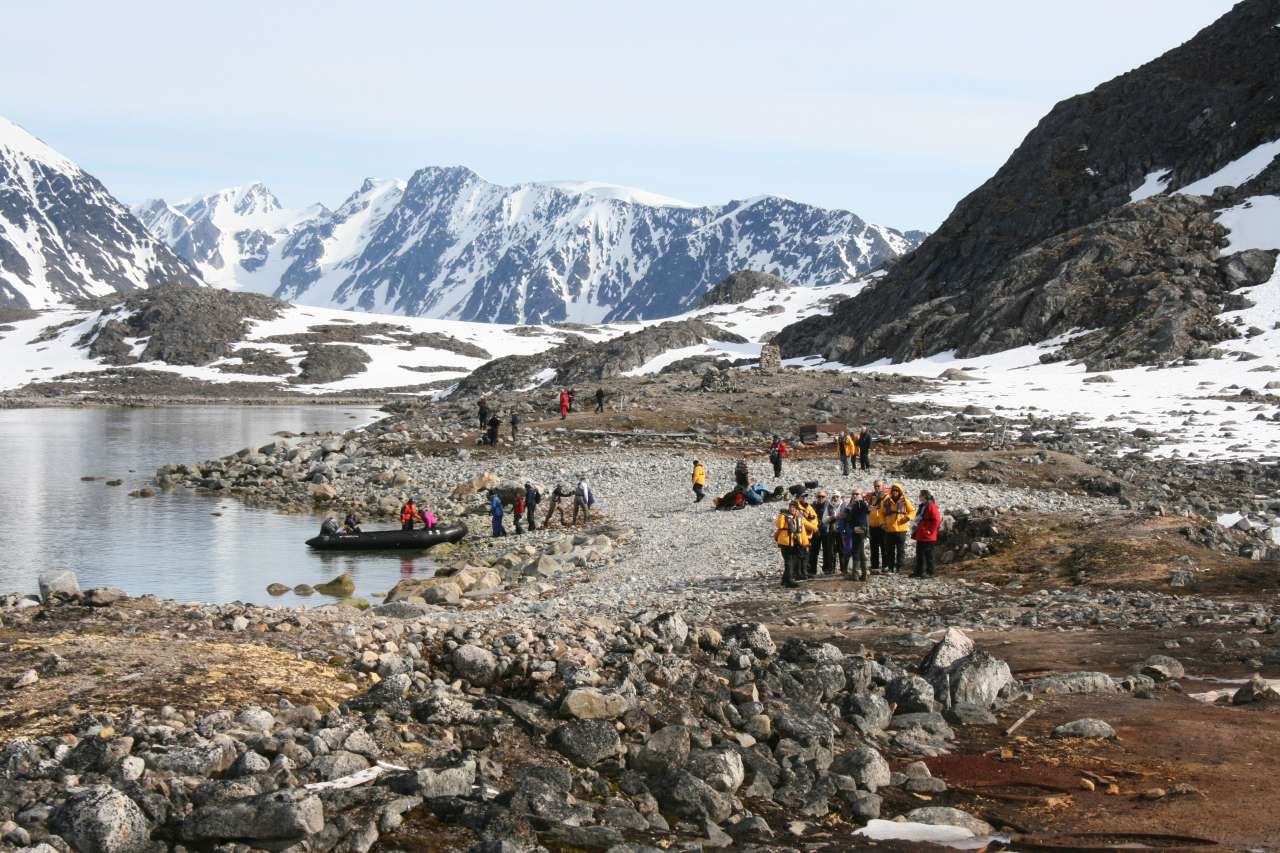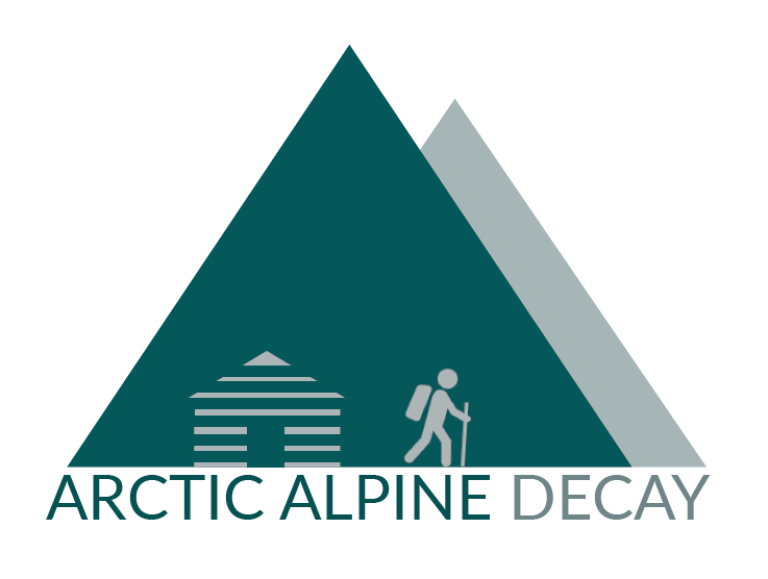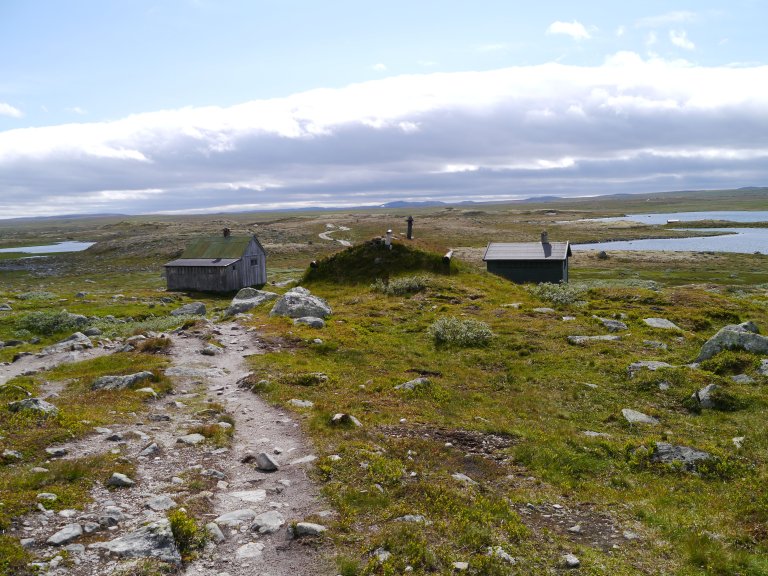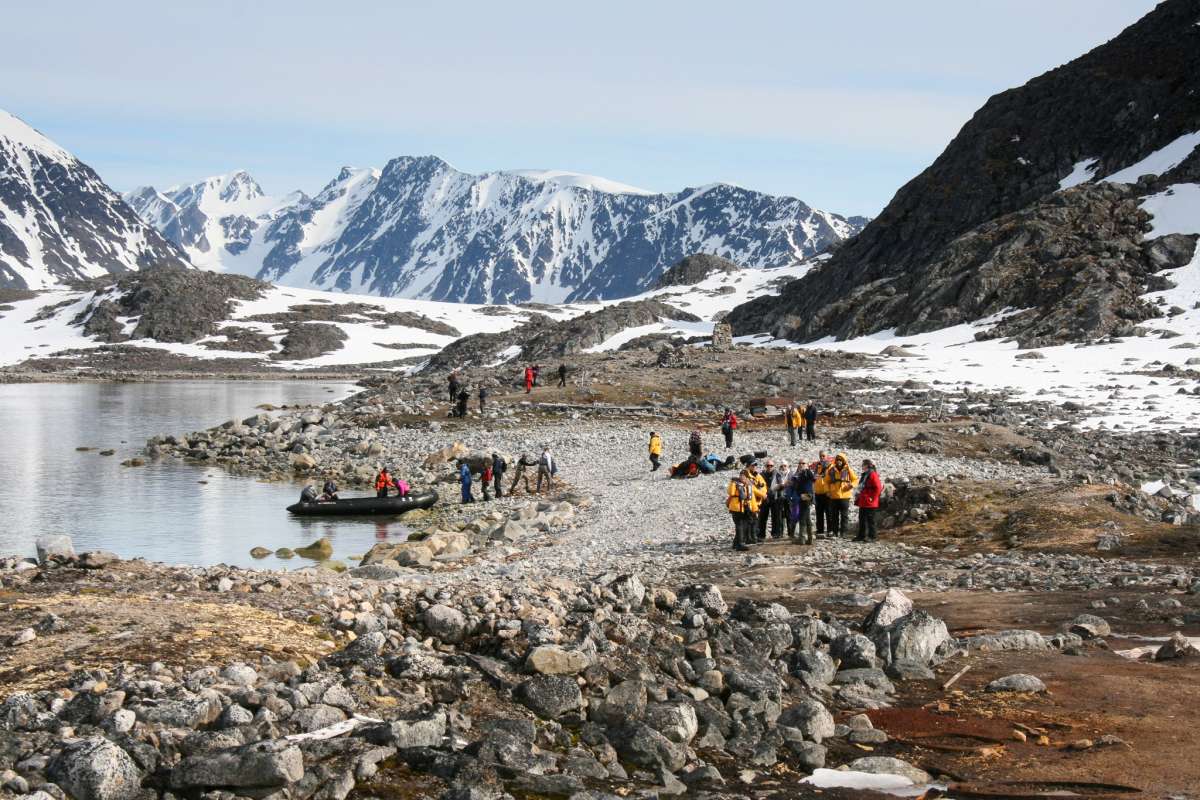Division of Forest and Forest Resources
Deterioration and decay of wooden cultural heritage in Arctic and Alpine environments (ArcticAlpineDecay)

End: dec 2025
Start: nov 2021
In ArcticAlpineDecay, researchers study how tourists and climate affect our vulnerable cultural heritage on Svalbard and Hardangervidda in Norway.
Project participants
Lone Ross Atle Wehn Hegnes Anne-Cathrine Flyen / NIKU Johan Mattsson / MycoTeam Mari Sand Austigard / MycoTeam Nanna Bjerregaard Pedersen / Royal Danish Academy Håvard Amlien / DNT Oslo og Omegn Maria S. Lytomt / Riksantikvaren Jostein Gundersen / Riksantikvaren Henrik Smith / Riksantikvaren Marit Devik / Store Norske Inger Lise Næss / Kings Bay Peter Forras / Vestland fylkeskommune
Two related projects
ArcticAlpineDecay has established a collaboration with two projects, ie PCCH-Arctic, and CULTCOAST. These projects work within the same topics and also have field locations on Svalbard. Both are funded by the Norwegian Research Council.
Project webpages:
PCCH-Arctic (Sintef)
CULTCOAST (NIKU)

| Start - end date | 01.11.2021 - 31.12.2025 |
| Project manager | Gry Alfredsen |
| Division | Division of Forest and Forest Resources |
| Department | Wood Technology |
| Partners | NIKU, Royal Danish Academy, Mycoteam AS, Store Norske Spitsbergen Kulkompani, Kings Bay AS, Norwegian Directorate of Cultural Heritage, Den Norske Turistforening Oslo og Omegn, Vestland fylkeskommune |
| Funding source | Forskningsrådet |
Our wooden cultural heritage in the Arctic Svalbard and the Alpine regions of mainland Norway is situated in vulnerable ecosystems with high impact from the ongoing climate changes in addition to increased human influence and land use changes. The main objective of ArcticAlpineDecay is to mitigate negative consequences of these threats. This is in line with the UN Sustainable Development Goals which highlight the importance of strengthening the efforts to protect and safeguard the world’s cultural and natural heritage.
ArcticAlpineDecay will increase the resilience of wooden cultural heritage through cross-disciplinary cooperation and basic research involving stakeholders, public authorities, tourist trade, commerce, cultural historical science, wood science and societal science.
Main tasks in ArcticAlpineDecay:
- Identify and quantify the wood characteristics and decay rate resulting from fungal deterioration of wood and include the data in an open access database.
- Identify the impact of user, tourist and guide behaviour and perception regarding wooden cultural heritage.
- Provide future deterioration scenarios and risk assessment analysis for typologies of wooden cultural heritage.
- Assemble a web knowledge platform.
The platform will facilitate future practical, sustainable and fitting management strategies to ensure the resilience of wooden cultural heritage. This will also include the people's knowledge and perception of the use and protection of cultural environments in the face of climatic, environmental and societal change. Such an approach will ensure sustainable use and management of wooden cultural heritage in Arctic and Alpine environments.
Work Packages in ArcticAlpineDecay:
WP 1 The current condition of wooden cultural heritage. Leader: Gry Alfredsen / NIBIO
WP 2 Understanding of and adaptation to wooden cultural heritage. Leader: Atle Wehn Hegnes / NIBIO
WP 3 Scenarios and Risk Assessment. Leader: Lone Ross / NIBIO
WP 4 Resilience of wooden cultural heritage for the future. Leader: Anne-Cathrine Flyen / NIKU
WP 5 Coordination, communication and dissemination. Leader: Gry Alfredsen / NIBIO

Publications in the project
Abstract
No abstract has been registered

